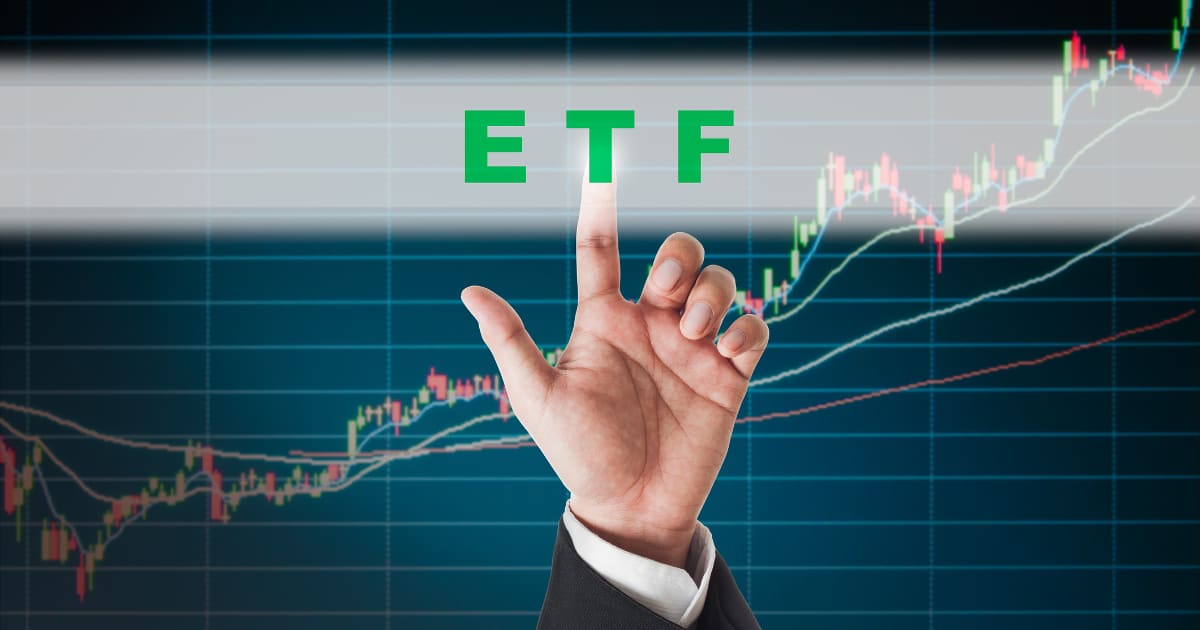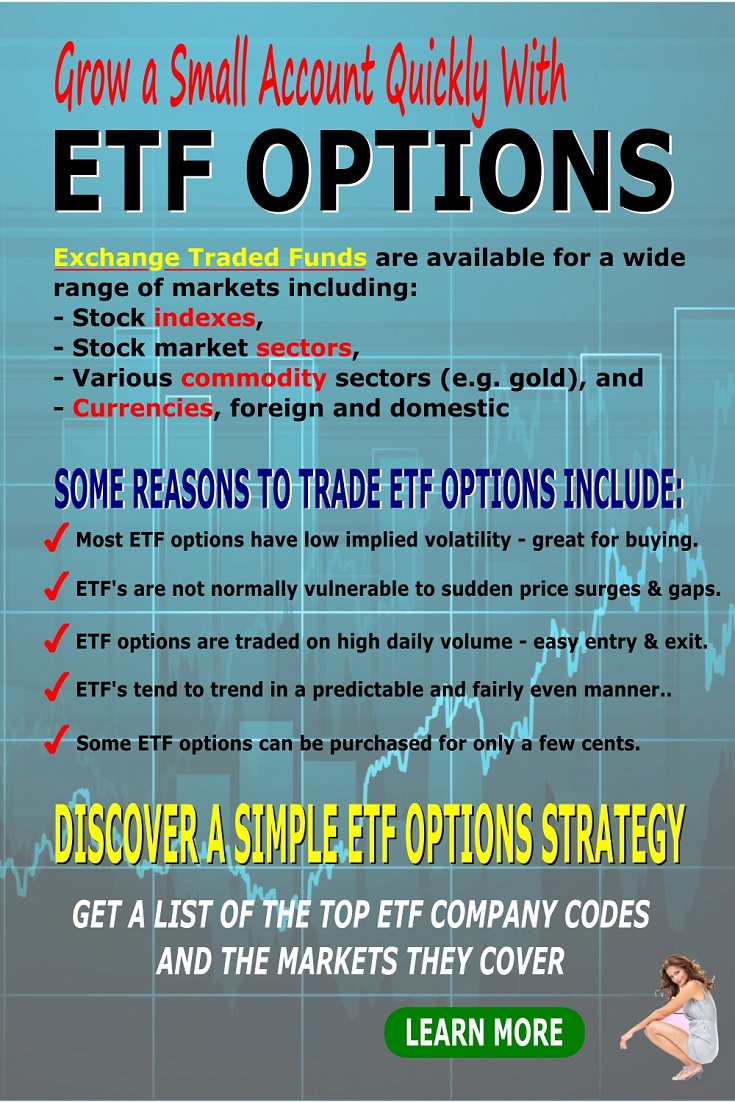Introduction: Unveiling the Power of ETF Options
In today’s fast-paced and ever-changing financial landscape, the strategic use of Exchange-Traded Funds (ETFs) and options trading can unlock remarkable investment opportunities. ETFs, baskets of underlying assets that trade like stocks, provide instant diversification, transparency, and liquidity. Options, on the other hand, offer immense flexibility in shaping risk and return profiles, enabling investors to tailor their portfolios to specific market conditions and investment goals.

Image: club.ino.com
When combined, ETFs and options become a formidable force in the hands of savvy traders, allowing them to optimize returns, manage risk, and capitalize on market trends with greater precision. This article delves into the world of ETF options trading, equipping you with in-depth knowledge to navigate this dynamic space.
Section 1: Understanding ETF Options: Types and Strategies
ETF options are contracts that give the holder the right, but not the obligation, to buy (call option) or sell (put option) an underlying ETF at a specified price on or before a certain date. These options can be utilized for a variety of trading strategies, including:
- Bullish Strategies: Call options can be used to speculate on the rise in value of an ETF or to hedge against potential losses on an existing ETF position.
- Bearish Strategies: Put options can be used to profit from a decline in ETF value or to protect against downside risk in a portfolio.
- Neutral Strategies: Options can also be used to create neutral strategies, such as collars or straddles, that aim to profit from market volatility regardless of the direction of movement.
Section 2: Factors to Consider When Choosing an ETF for Options Trading
Selecting the right ETF for options trading is crucial for maximizing returns and managing risk. Here are key factors to evaluate:
- Underlying Assets: Consider the composition of the ETF and its alignment with your investment thesis or trading strategy.
- Volume and Liquidity: High trading volume and liquidity ensure that options on the ETF are actively traded, minimizing slippage and execution delays.
- Expense Ratio: The ETF’s expense ratio reflects its operating costs, which can impact your returns over time. Choose ETFs with competitive expense ratios.
- Volatility: Volatility measures the historical price fluctuations of an ETF. Higher volatility can result in higher option premiums and greater potential rewards (or losses).
Section 3: Popular ETFs for Options Trading: A Comprehensive Overview
Numerous ETFs offer advantageous options trading opportunities. Here are some popular choices:
- SPY (SPDR S&P 500 ETF): Tracks the S&P 500 index, providing exposure to the broad U.S. stock market.
- QQQ (Invesco QQQ Trust): Follows the Nasdaq-100 index, capturing the performance of the tech-heavy Nasdaq market.
- IVV (iShares Core S&P 500 ETF): A low-cost alternative to SPY, mirroring the S&P 500 index.
- VTI (Vanguard Total Stock Market ETF): Offers comprehensive exposure to the entire U.S. stock market, spanning small-, mid-, and large-cap companies.
- DIA (SPDR Dow Jones Industrial Average ETF): Tracks the 30 blue-chip companies of the Dow Jones Industrial Average.

Image: www.options-trading-mastery.com
Section 4: Understanding Options Premiums and Key Metrics
Option premiums are the prices at which options are traded. They are determined by several factors, including the underlying asset price, strike price, time to expiration, and implied volatility.
- Strike Price: The specified price at which the underlying ETF can be bought (call option) or sold (put option).
- Time to Expiration: The date on which the option contract expires.
- Implied Volatility: A market-derived estimate of future price volatility for the underlying asset.
Section 5: Real-World Examples of ETF Options Trading Strategies
- Call Option Strategy: Purchase a call option on an ETF that is expected to rise in value. If the ETF price goes up, the value of the call option will increase, potentially resulting in a profit.
- Put Option Strategy: Sell a put option on an ETF that is anticipated to decline in price. If the ETF price falls, the put option will gain value, potentially leading to a profit.
- Collar Strategy: Combine buying a call option and selling a put option with the same strike price and expiration date. This strategy limits both profit potential and downside risk.
Best Etf For Options Trading
https://youtube.com/watch?v=U9eu1nn5yes
Conclusion: Leveraging ETF Options for Enhanced Investment Outcomes
Mastering ETF options trading empowers you to navigate market complexities and optimize your investment returns. By thoughtfully selecting ETFs, understanding options premiums, and employing effective trading strategies, you can unlock the full potential of this dynamic financial instrument.
Embrace the knowledge and insights provided in this comprehensive guide, and start exploring the world of ETF options trading with confidence. Remember to conduct thorough research, stay abreast of market trends, and continuously refine your trading approach to achieve the financial success you seek.






